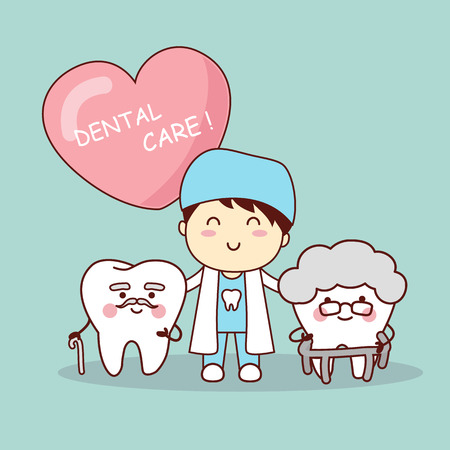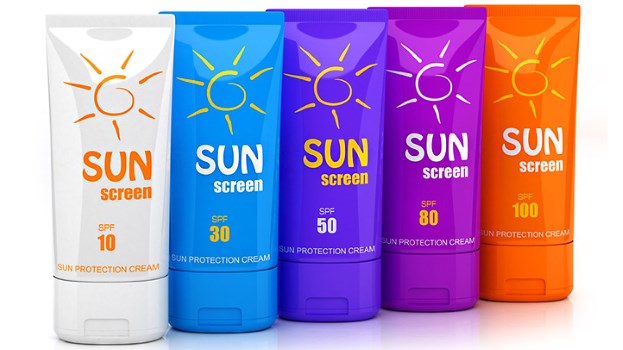Dr. Neil Alan Fenske, Director of Dermatology at USF Health, recommends physical sunscreens for children over chemical sunscreens. The main ingredients in physical sun blocks are Zinc or Titanium Oxide. He said children’s skin is still developing, and it’s best to not have chemicals absorb into their skin. He said children six months or younger should not be exposed to the sun at all.
Dr. Fenske said with physical and chemical sunscreens, you need to look for broad spectrum and use at least SPF 30. If you are using physical sunscreen and are spending time in the water, you may want to increase your SPF to 40 or 50.
Dr. Fenske said he recommends cream over spray sunscreens. He said spray coverage can be inconsistent. It is also flammable and you are at risk of inhaling it.
You want to avoid natural sunscreens.
“There aren’t, in my opinion, good, effective, botanicals as sunscreens to use on the skin… And we’ve had patients who have used them and gotten burns because it just wasn’t effective. So, it sounds good, but at the end of the day, it’s what works,” Dr. Fenske said.
Some good rules to follow: Put sunscreen on 15 minutes before you go outside, make sure you use at least an ounce, and re-apply every two hours.

Going Back to School with Invisalign
Going Back to School with Invisalign Are your children ready to start school or have they already begun school? When your children go back to school wearing Invisalign, there are a few things that both you and your child need to be prepared for. We've compiled a list...

Going Back to School with Braces
Going Back to School with Braces Has your child started school already or are they getting ready to start school? If your children are starting or going back to school with braces then there are a few things that you as well as them need to be prepared for. Below is a...

Are you too old for Orthodontic Treatment?
Do you need Orthodontic Treatment? Are you unsure if you're too old to get treatment done? There are a few things you should consider if you're thinking about getting treatment done. As one gets older, bones tend to become a bit brittle so you need to take that into...

